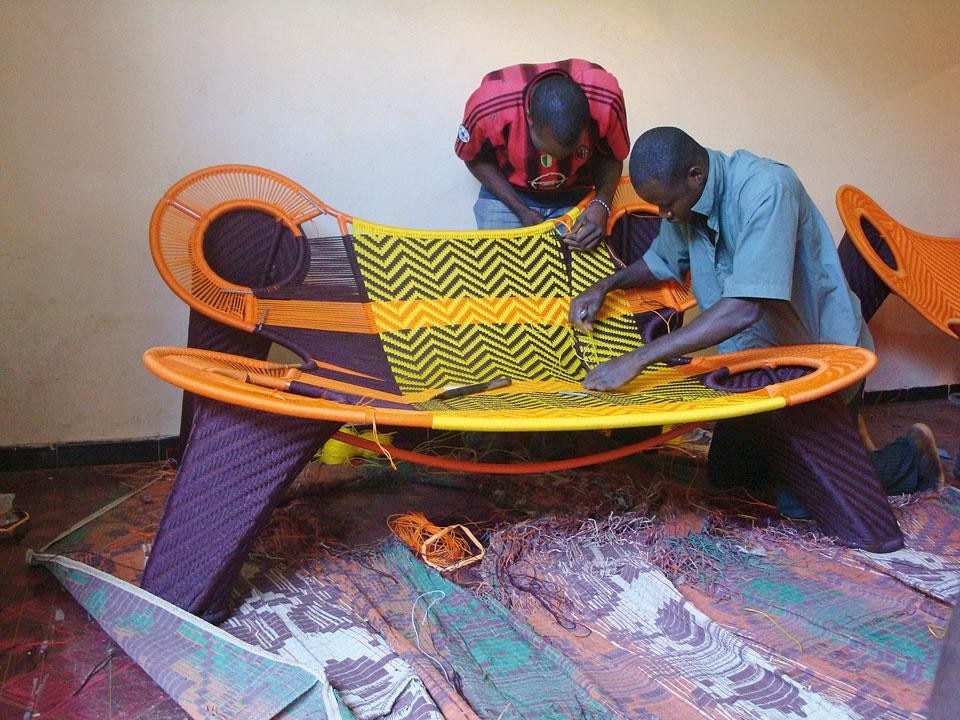The loaded history of crafts is once again timely, with its antagonism towards mass production, tinged with ethical implications, coupled with new conditions in the world and in the market—from a general awareness of the environmental crisis, to the attempt to price and sell design differently to appeal to art collectors. Exhibitions and conferences abound, most recently with the phantasmagoric Power of Making show at London's Victoria and Albert Museum in 2011, curated by Daniel Charny, and the Me Craft/You Industry symposium launched by Jurgen Bey and organised by Premsela, the Netherlands Institute for Design and Fashion in late January 2012 at the Zuiderzeemuseum in Enkhuizen, to celebrate a show titled Industrious|Artefacts: The Evolution of Crafts.
There's nothing haphazard about choosing examples in Great Britain and the Netherlands, for these two countries are at the epicentre of the Crafts Renaissance. In Great Britain, structural engineering is almost considered a branch of aesthetics, and ceramics were the precursors of the Industrial Revolution in the famous Wedgwood factories of the 18th century. It is the country where craftsmanship and standardised manufacturing have shared the most productive dialogue and opposition, but also where mechanisation first took command and where its limits and potentials were first discussed.
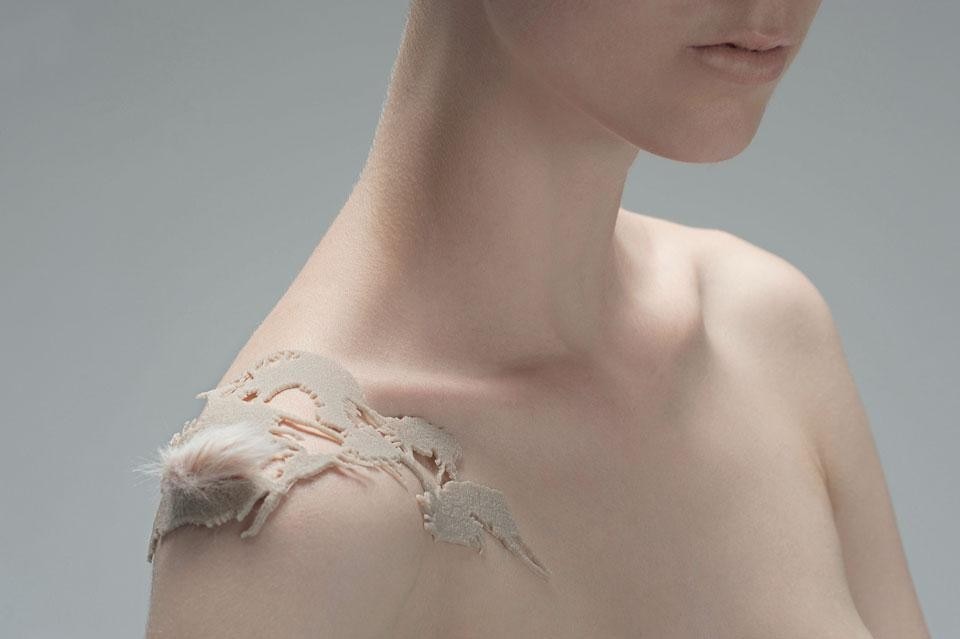
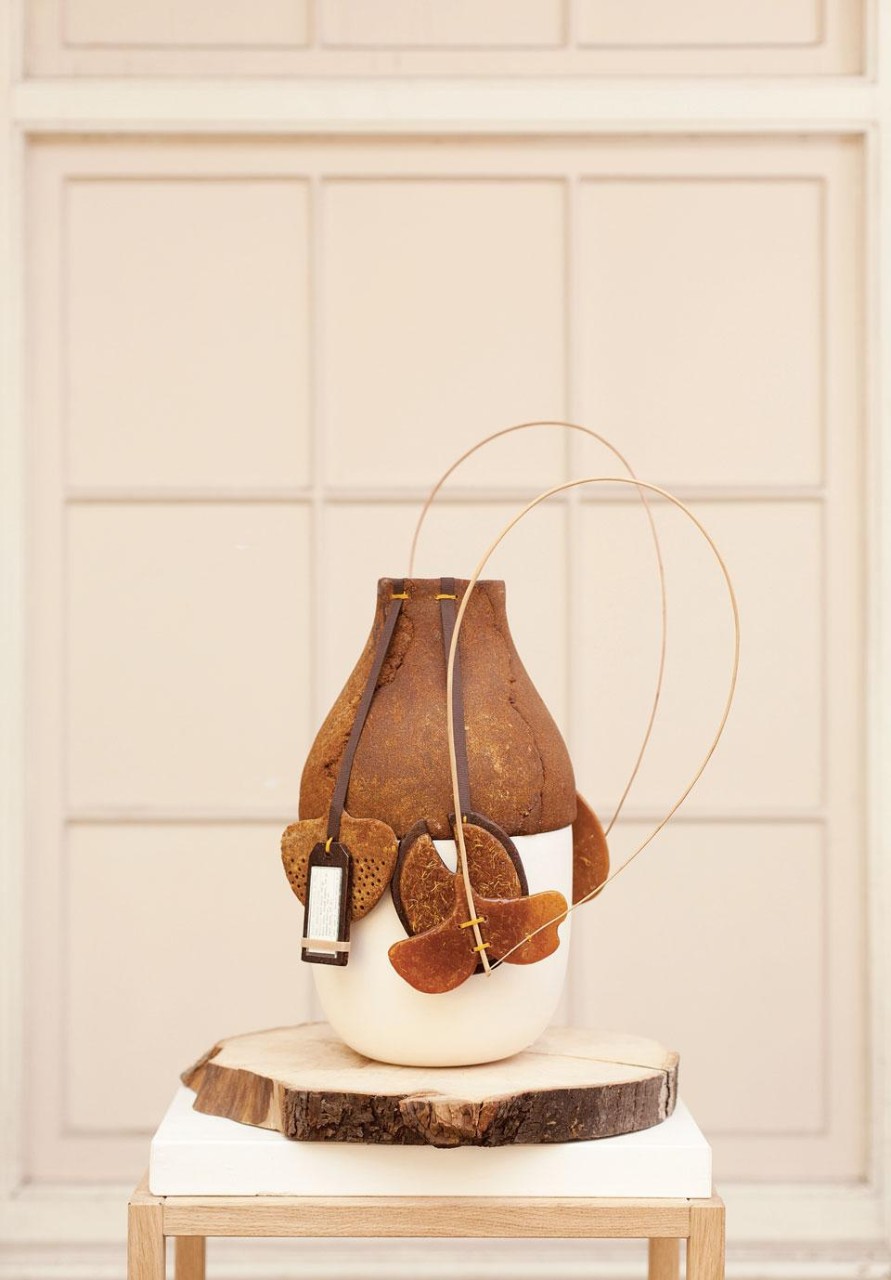
The evolution in the role of technology has brought a cathartic return to the roots of making
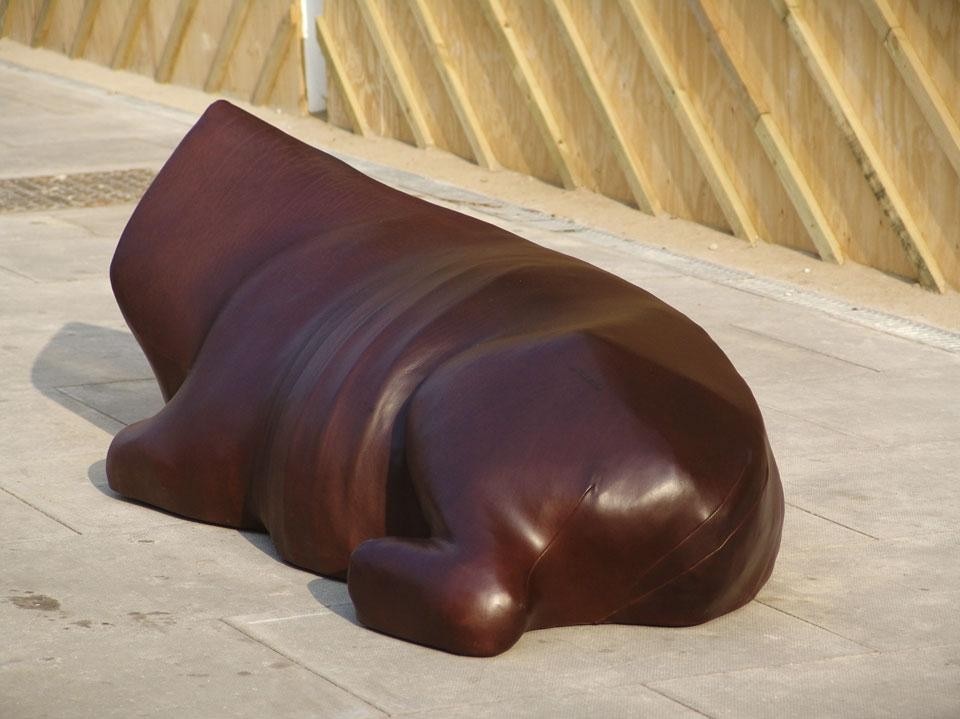
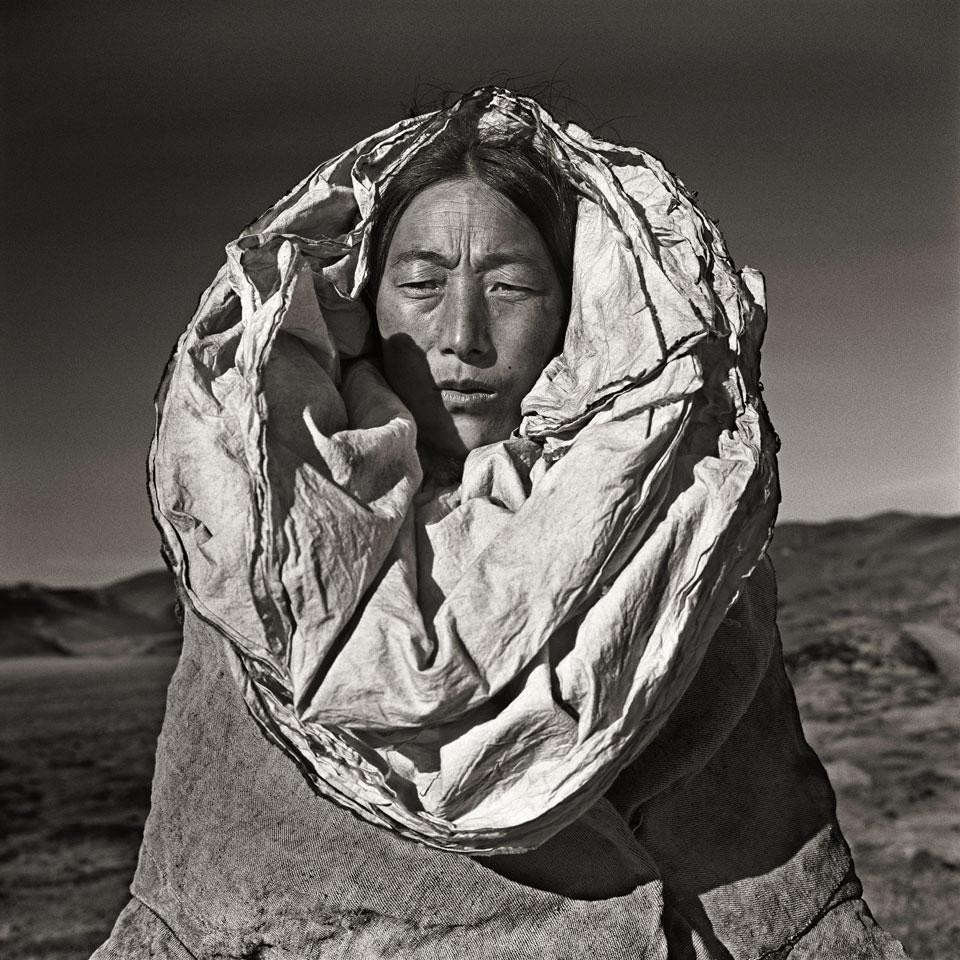
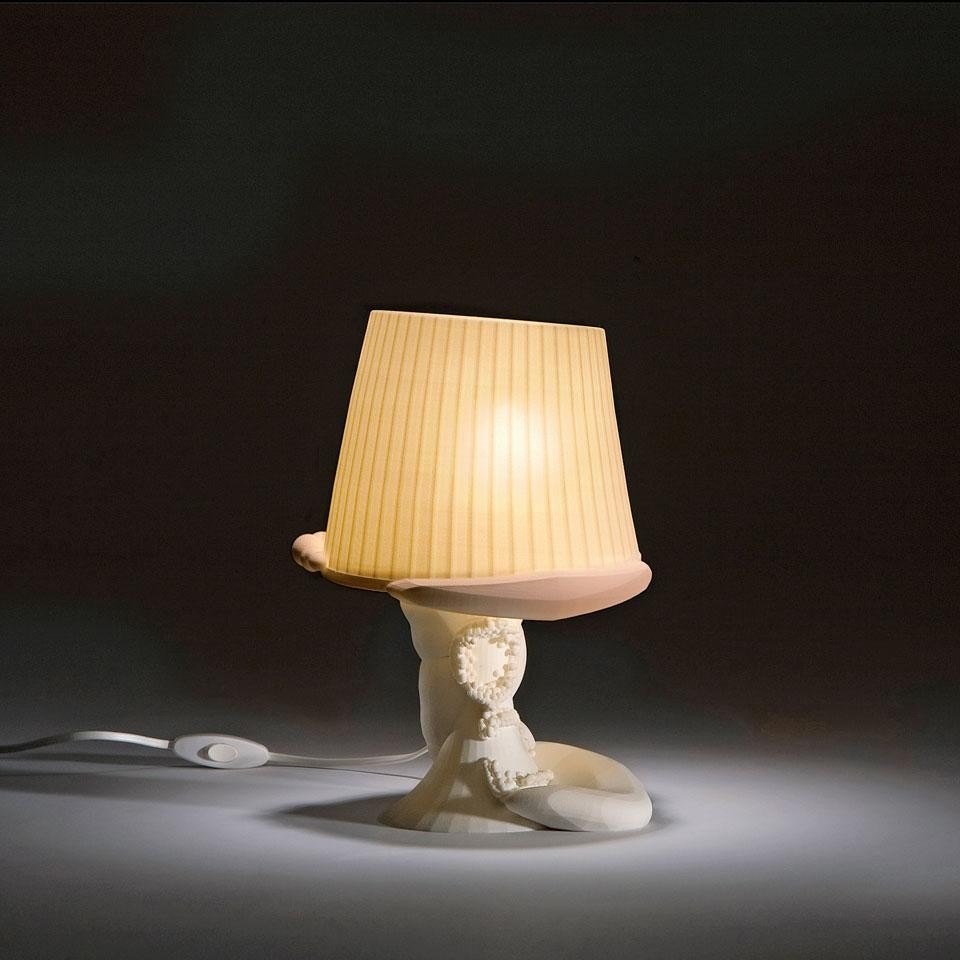
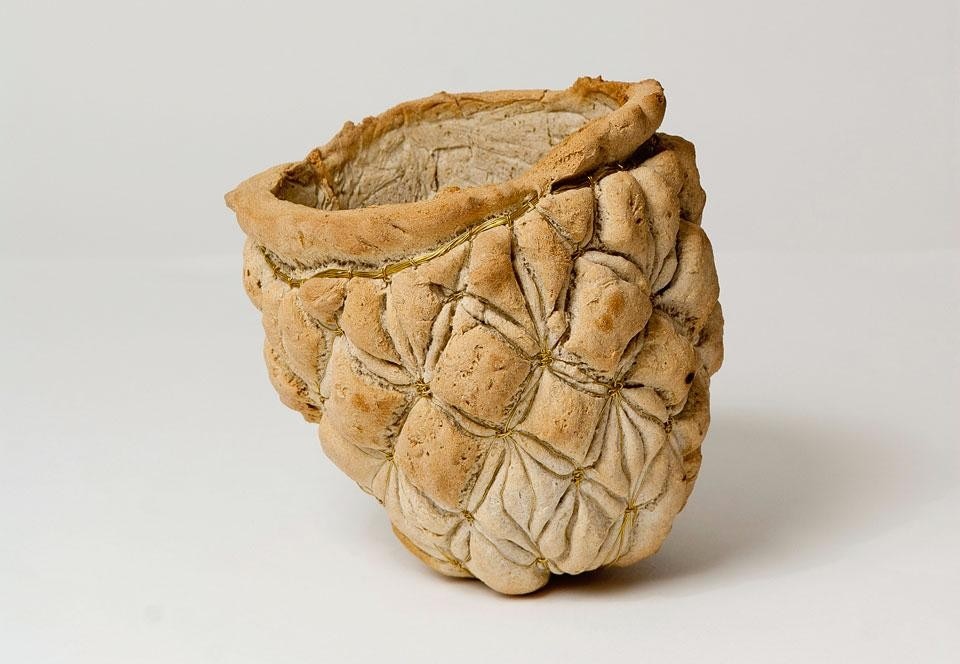
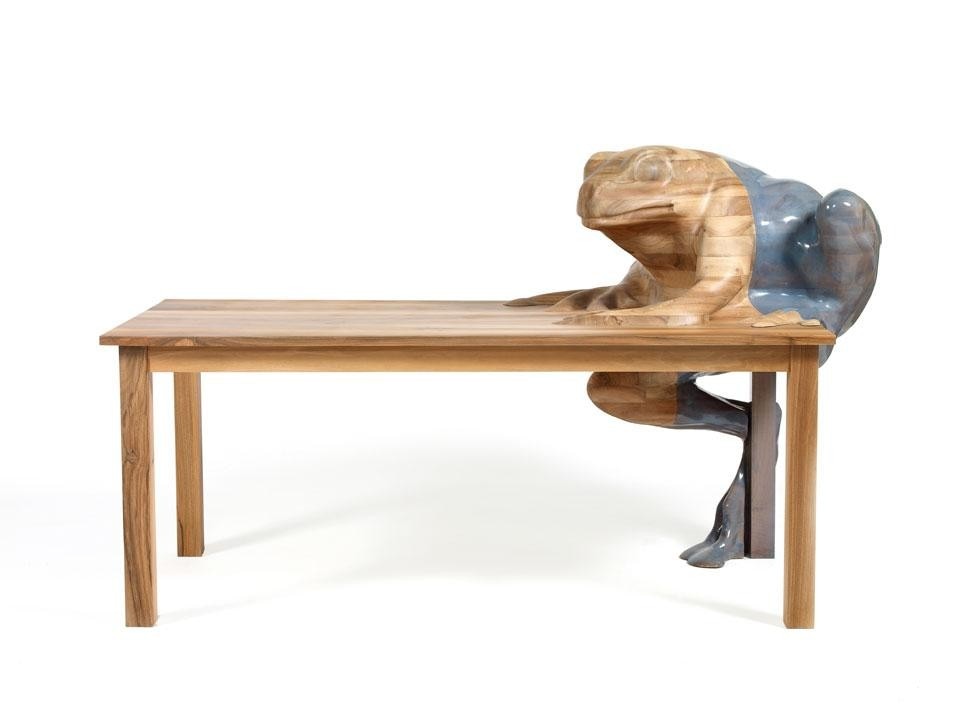
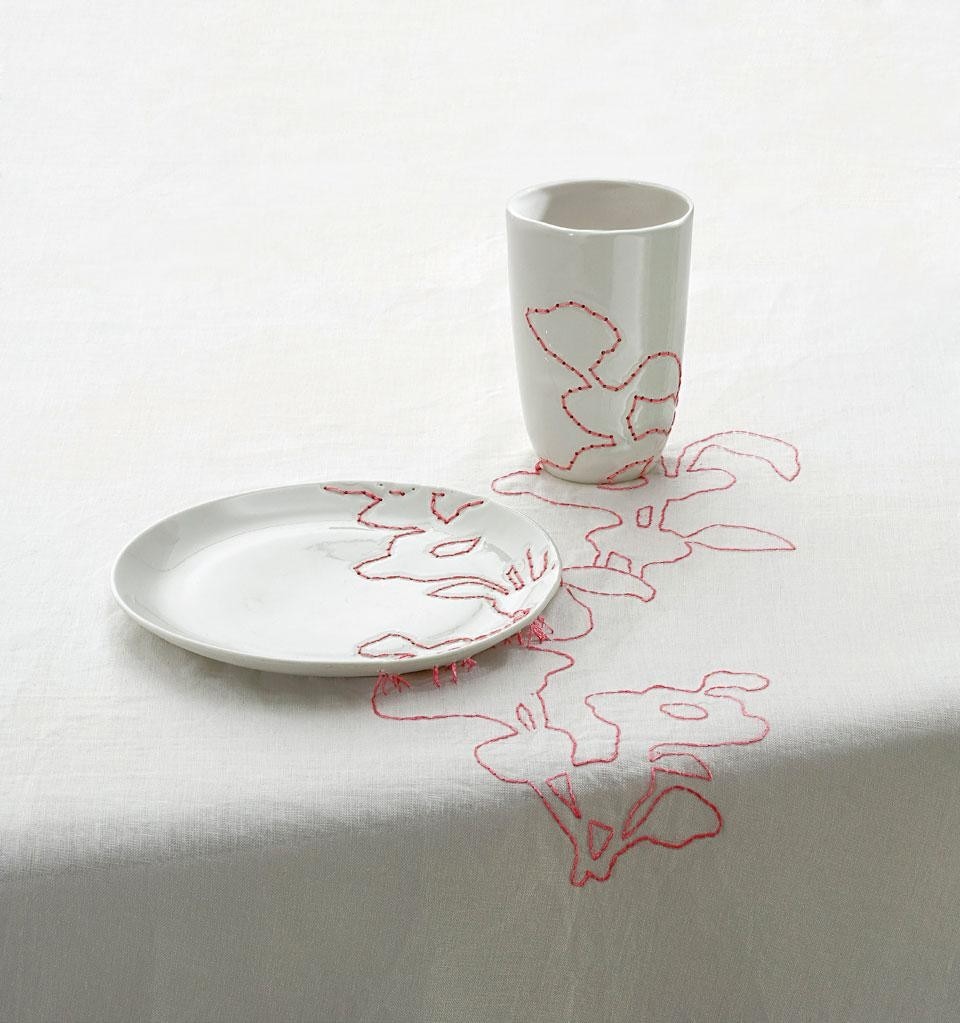
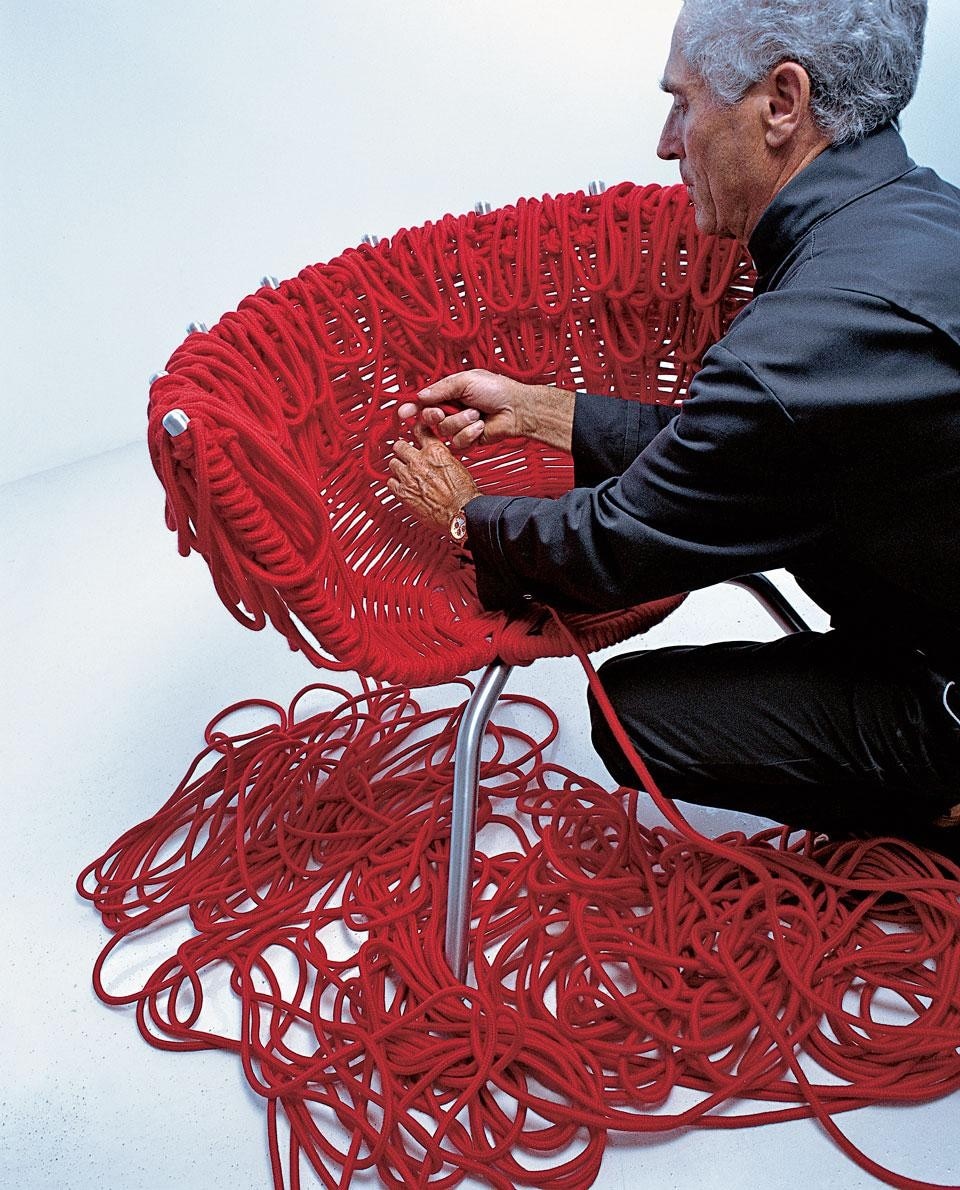
Notes:
1. Iftikhar Dadi, The Future is Handmade: the Survival and Innovation of Crafts, in Iftikhar Dadi (a cura di), Prince Claus Fund Journal 10a, L'Aia, December 2003, p. 5


